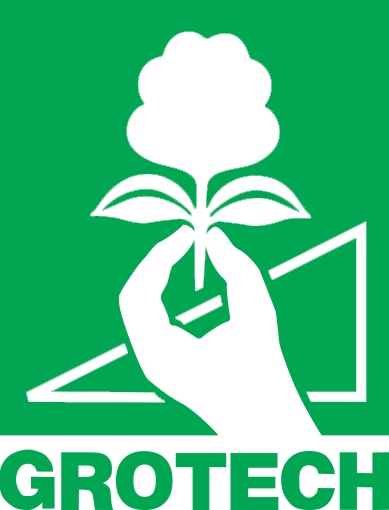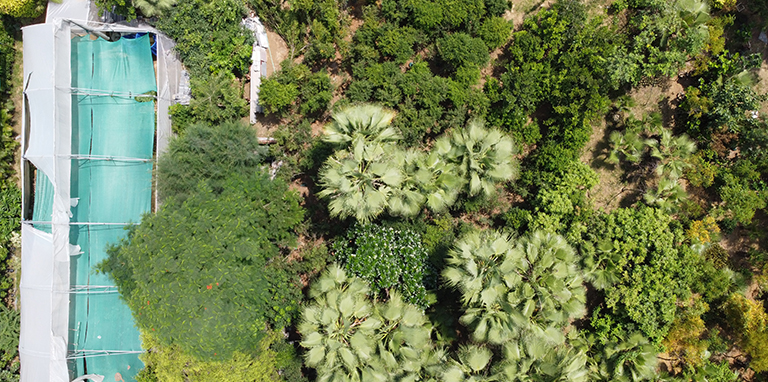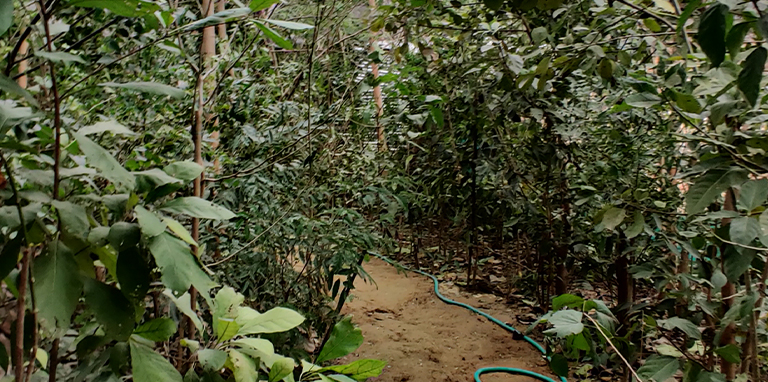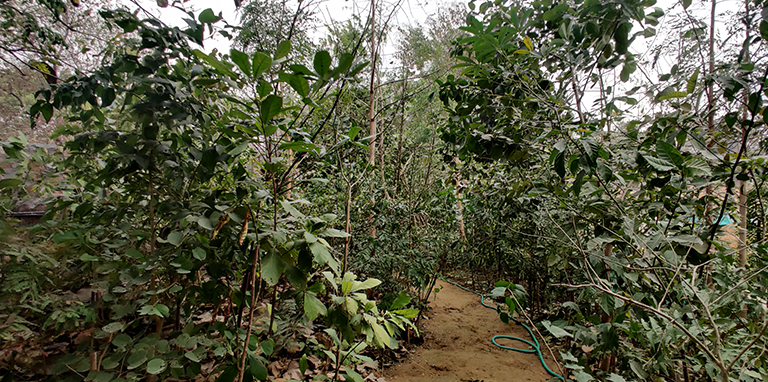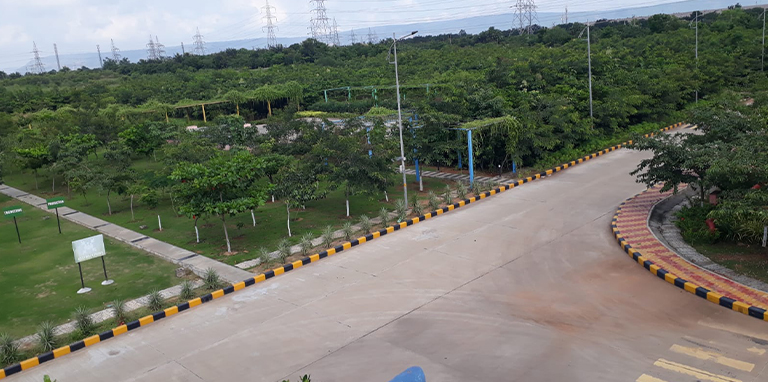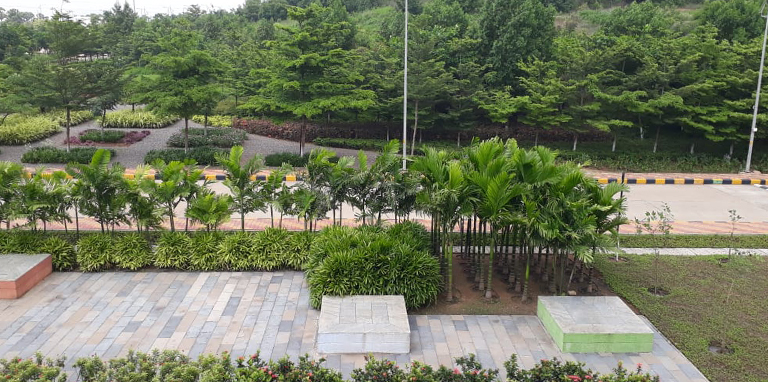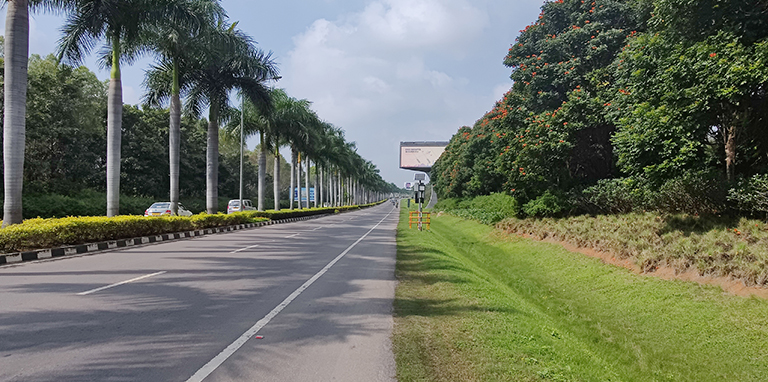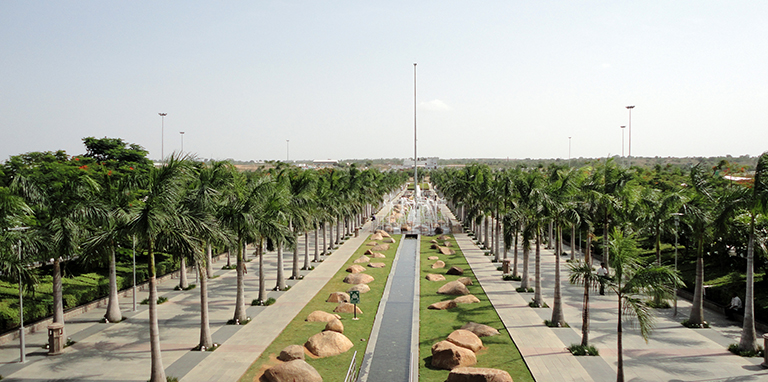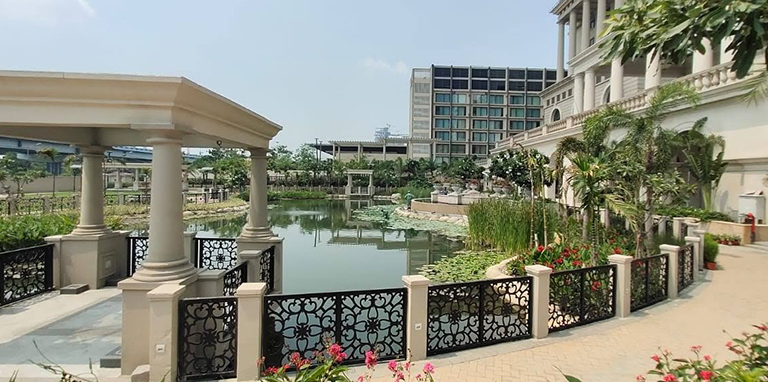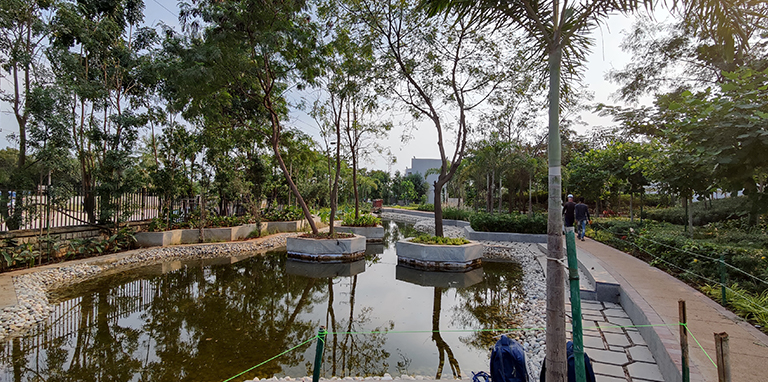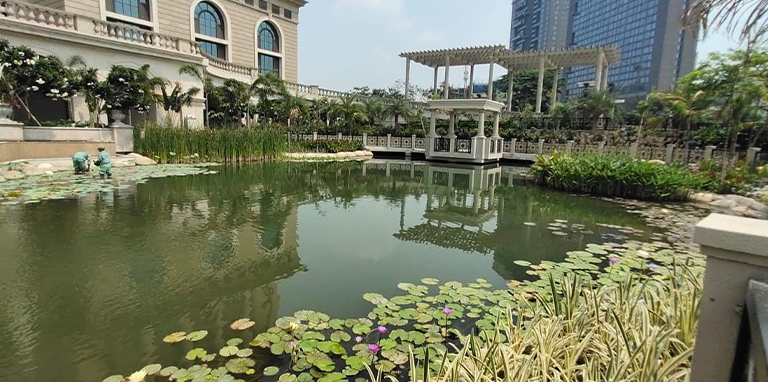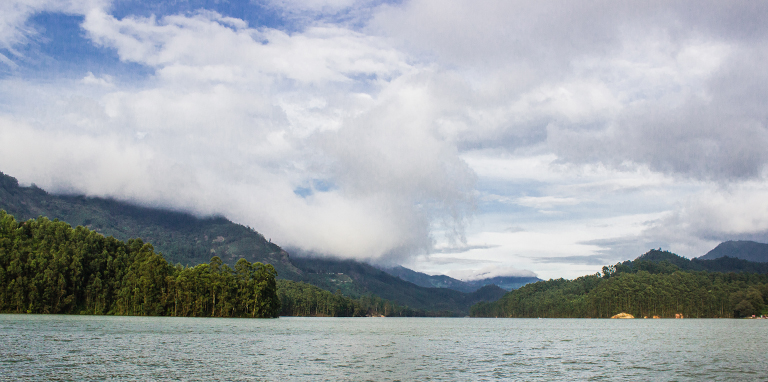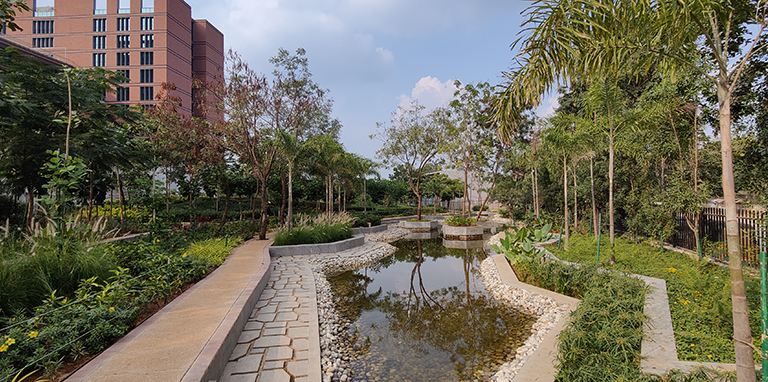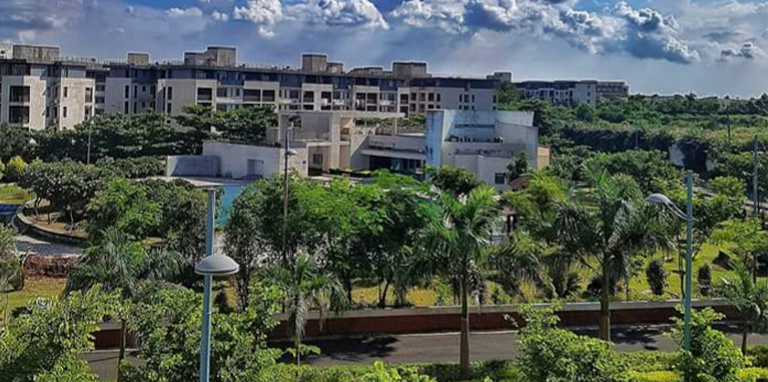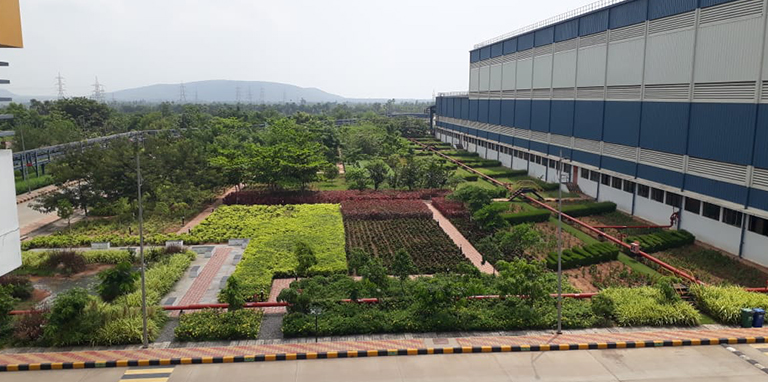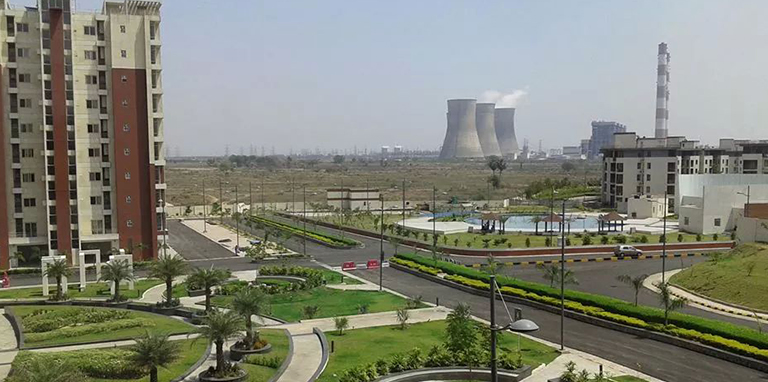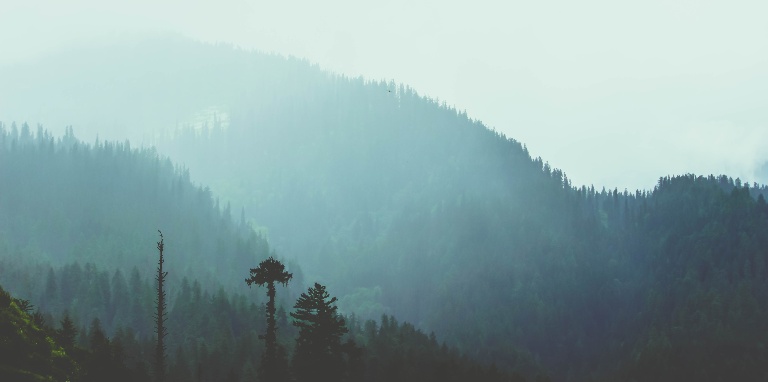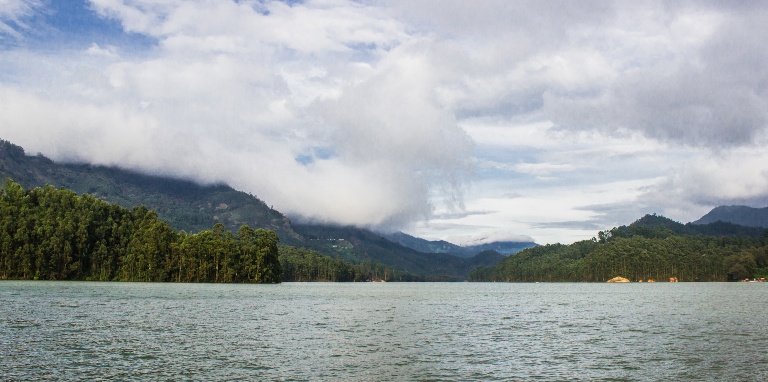Carbon
Given India’s obligation under the Paris Agreement to cover 33% of its geographical area with tree cover by 2030, there is a significant potential to absorb a substantial amount of carbon through industrial green cover, large-scale afforestation, and urban microforest systems developed by Akira Miyawaki.
An afforestation and microforestry initiative aims to develop a network of tree cover and forest systems in both urban and rural areas. This initiative includes digitally monitoring resources in real-time through unique QR codes for each sapling, which are geotagged and analyzed using satellite-driven datasets.
Multiple ecological services have been adopted to maximize the carbon absorption capacity of our interventions and, at the same time, attract local biodiversity. The objective is to bring landscape interventions in sync with their natural setting and, therefore, create a more resilient foundation for a clean and green future.
Ecological Services Offered to Maximise Carbon Absorption
Microforest Systems
A Japanese technique that incorporates high-density planting schemes in layers of shrubs, sub-trees, trees, and canopy trees. With a density of more than 3 saplings per square meter, this dense vegetation maximizes carbon absorption threefold and incorporates more than 40 native species. This results in the reduction of ambient temperatures, pollutants, and the attraction of local biodiversity.
Indigeneous Tree Cover
Often, landscape services tend to plant exotic trees, which are disconnected from their local biodiversity and ecological processes. Therefore, at Grotech, we have identified major climatic zones and cataloged indigenous species for each of these geographies, thus producing native tree covers that not only enhance the local ecology but also increase the carbon absorption capacity of the green cover.
Catchment Rehabitilation
It is important to identify tree cover as natural contributors to the underground water table, akin to natural fountains. Therefore, it is often crucial to plan the adequate locations of such aquifers, which is enabled by careful mapping of the drainage patterns of the landscape. At Grotech, holistic analysis and mapping through satellite-driven datasets help us identify suitable locations for such biologically activated ponds and water bodies.
Industrial Solutions
Many industrial facilities in the country have multiple green cover-related compliances, which we at Grotech understand and can execute. Moreover, Grotech has extensive experience in developing aesthetics through comprehensive landscape solutions for otherwise complex settings, such as industrial areas.
Digital Carbon Tracker
The digitized database and analytics driven through it are crucial for us to predict the amount of carbon our initiatives can sequester. Digital tracking of the same can produce significant long-term results, which will not only be helpful for the communities but perhaps for policymakers too.
